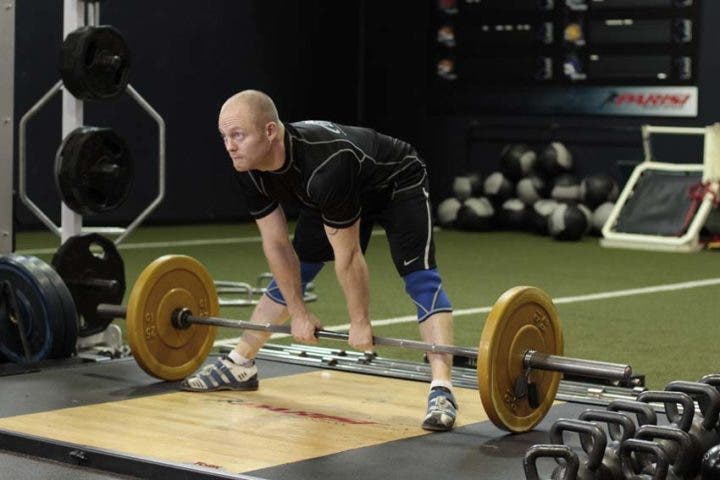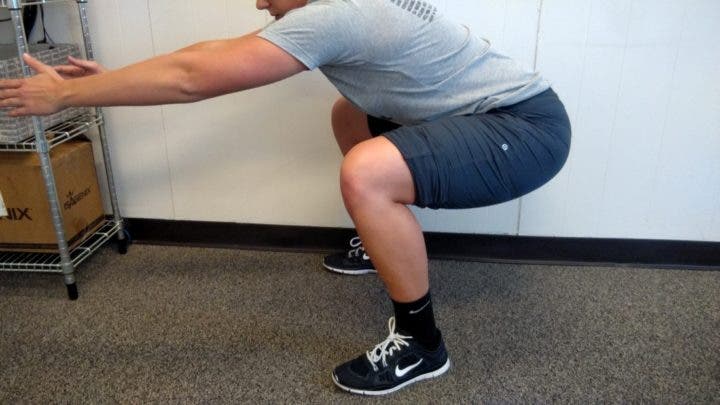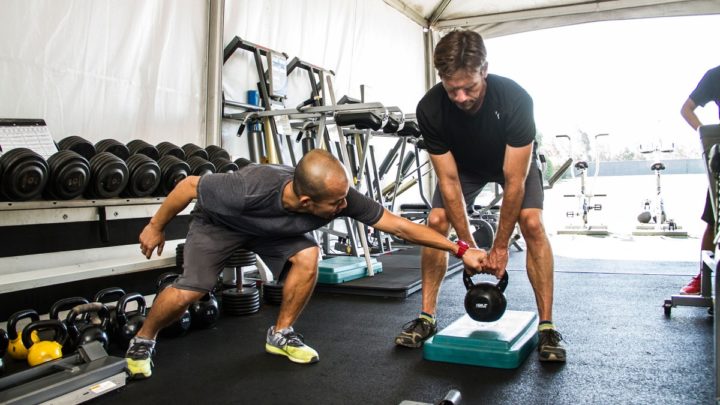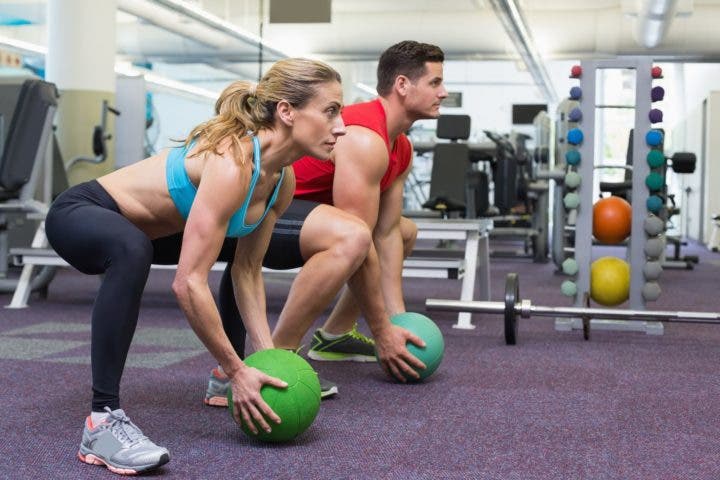Tempo training is common for upper body and core movements, but its application to the lower body is often neglected. What, then, would be the reason for doing tempo training with your legs? The reason is simple: The hips.
You just have to think, for example, how many hours the average person spends sitting in a chair. The act of sitting creates a variety of problems, from the ankles to the neck, but mostly hurts the hips and lower back. All this occurs because, if we sit for a long time, we cause the hip flexors and the hamstrings to shorten, which causes the functionality of the hips to be more limited.
Learn how to regain the functionality of your hips thanks to tempo training.

Training to regain the functionality of your hips
The solution to hip dysfunction is not to rush through demanding exercises and add explosive movements to your routines, rather it is to correct muscle imbalances in your hips and get these muscles back to work in the right way. All this is achieved with the tempo exercise applied to the lower part of your body.

1. What is tempo training?
First of all, it should be clarified that any exercise that we execute consists of the following phases:
- Eccentric: the stretching or loading phase.
- Isometric: the static or holding phase.
- Concentric: the contraction or shortening phase.
Each phase of the lift can be manipulated at will, or set a tempo to the exercise for the three phases mentioned. Each of these tempos, clearly, can vary depending on the goal or what you want to achieve. For example, here are some examples of tempos under tension that you could consider:
- 5: 5: 5 – In this example, it takes five seconds in each of the previous phases to take advantage of the movement and increase muscular endurance.
- 5: 3: 1 -This tempo slows down the eccentric portion of the lift to create a more demanding loading phase; Be sure to emphasize more force outside of the isometric phase to create a faster and more effective concentric lift.
- 1: 5: 1 – This tempo focuses on the isometric phase and contracts the muscles during the grip (at the bottom of the lift) to create proper stability.

2. Why should we run tempo training?
Even if you are one of the few who does not suffer from muscle imbalances and hip dysfunction, tempo training can be just as helpful.
The tempos allow you to know what part of your technique is failing with respect to the lower movements of your body, which is more than important because it is convenient to execute a perfect technique when it comes to avoiding injuries.
The ideal way to improve your technique is through repetitions of muscular tension under extended times . To do this, with any movement, start only with your own body weight; no bars, no weights, or anything extra. Later, you will add weight according to your abilities, always taking care not to impose impossible challenges.
These movements will allow you to describe and feel your weakest points and to know exactly which muscles are out of balance and at what moment of the movement your dysfunctions limit you. You could even realize weaknesses that you thought you did not have, such as to what extent your knees can resist without giving in to the weight lifted, among others.

3. How to improve the functionality of the hips?
There are 3 essential lifts to correct all these lower body dysfunctions
- Squats
- Lunges back.
- Dead weight.
For each movement, you should take 20 seconds to perform the eccentric phase, pause for 20 seconds to hold and contract the muscles during the isometric phase, and take 20 seconds to slowly ascend during the concentric phase.
These are fairly long and extensive reps, each lasting at least a minute, as ideally you start with long tempo reps; all this in order to slow down the movement as much as possible and make you feel exactly where the problems are in your body.
When you’re doing these reps, be sure to accelerate each phase evenly over time. For example, apply tempo training in this way in the following exercises:

1. Squat
- During the eccentric phase, your legs should be parallel after 10 seconds; The other 10 seconds you will use to slowly execute the full squat.
- During the isometric phase, you will be in a deep squat position, strongly holding and contracting your hip muscles.
- In the concentric phase you should apply the same as in the eccentric but in reverse, until you end up in a standing position again.
2. Deadlift
With the deadlift exercise you will do the exercise initially without any weight, only that of your own body, and in a slow and slow way. The purpose of doing this is so that you can focus on your movement and gradually shorten the movements.
All this will make that, during exercise as such, you can improve your ability to perceive and detail everything that happens in your body. This will allow you to know what types of movements or actions you should use to correct the deadlift, and how much you need to exercise to achieve the results you are looking for.
Conclution
Tempo training ends up being the best way to add a little extra effort to our lower body that, at times, ends up being ignored. With these long repetitions, you will be able to extend the capacity of your hip muscles above your current capacity, and as you gain experience you could include some explosive movements in the middle of these exercises (within the margin of your capacities) to achieve better results. .
Reference
- Busch, Garret. Rebuild Your Hip Function With Tempo Training. For Breakingmuscle [Revised January 2017]